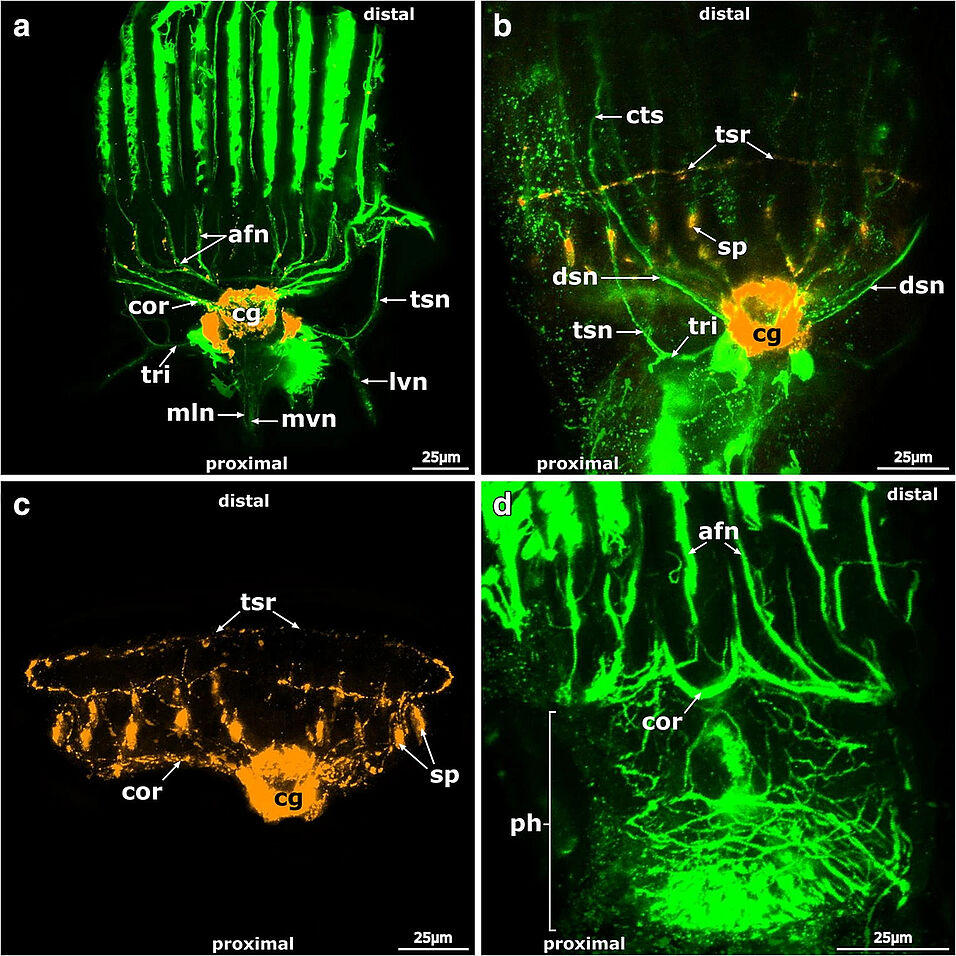Decker S, Wanninger A & Schwaha T
Org Divers Evol (2020). https://doi.org/10.1007/s13127-020-00443-2
Abstract
The epiphytic community on the endemic seagrass Posidonia oceanica from the Mediterranean Sea is well studied, but still harbors some little investigated epiphytic bryozoans. Numerous, yet always small colonies of Pherusella sp. were recently encountered in the Northern Adriatic Sea. The aim of this study was to generate data on the life history, colonial development, and reproduction of the Mediterranean population of this Pherusella species in order to gain a better understanding of the biology of this understudied species. The morphology of adult zooids was also studied due to the lack of recent data on the family with state-of-the-art techniques. Long-term observation shows that this species is highly adapted to an epiphytic life cycle with short generation time throughout the year. First laboratory cultures appear promising in establishing a reliable model system for developmental and ecological studies. Larvae are easily obtainable, and metamorphosis and colonial growth patterns are documented here for the first time. The morphology of adults shows distinct similarities with other pheruselllids and, along with the neuromuscular system, is similar to other alcyonidioideans supporting the close relationship of these taxa. This study constitutes one of the first long-time observations of the life cycle and colonial growth of a pherusellid bryozoan, including morphological data about the neuromuscular system of an otherwise incompletely known group of bryozoans. Pherusella sp. appears to be a promising candidate for future studies since it is easy to collect and maintain under laboratory conditions as well as to obtain different developmental stages.

